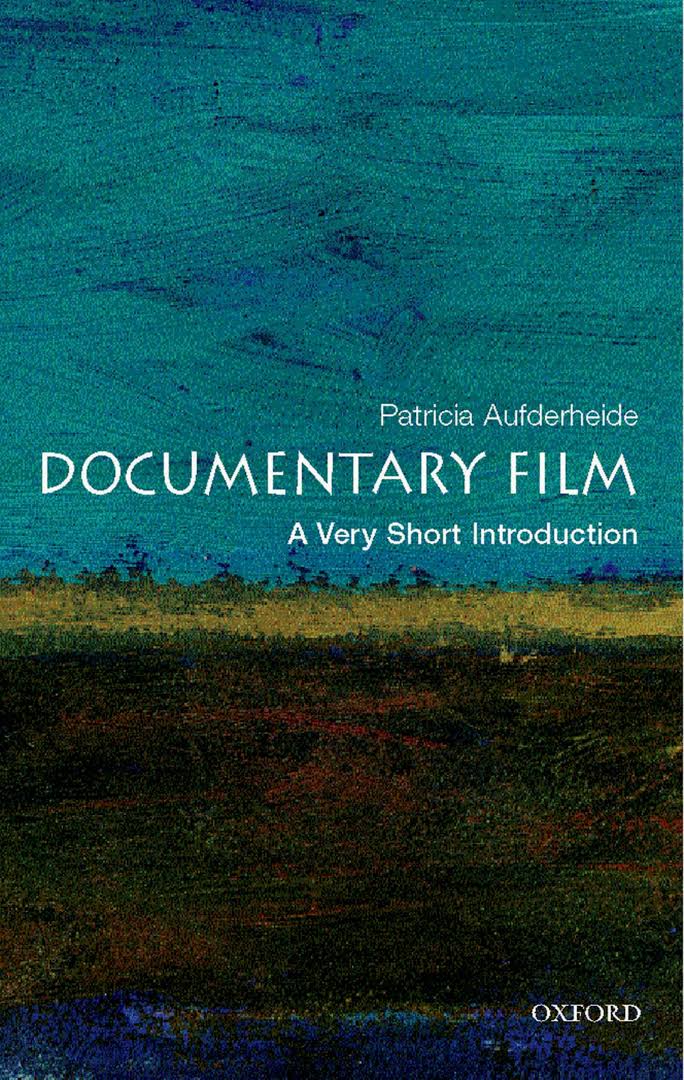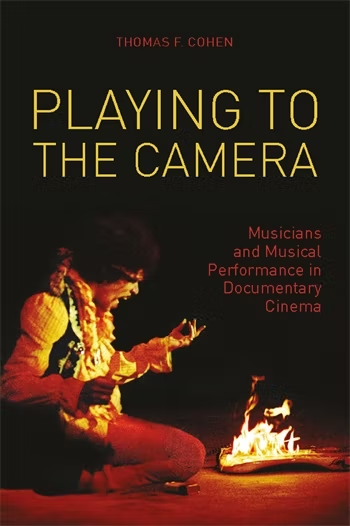DOCUMENTARY FILM:
A VERY SHORT INTRODUCTION
While the topic of my documentary is about exploring Generation Z as a demographic and connecting it to the technology revolution, I would like to first focus on solidifying exact how I’m going to create this film from an artistry and compositional standpoint first, instead of immediately getting into the more heavy, scientific research of generational statistics and the like.
Consequently, the first source that I’ve chosen to explore is a 2007 informational text by Patricia Aufderheide titled, Documentary Film: A Very Short Introduction. There are several main takeaways I got from this source overall. Firstly, in defining the term documentary, Aufderheide posits that documentaries are about real life; they are not real life. She goes on to say that they paint a picture of real life and represents it, but at the same time, “there is no way to make a film without manipulating the information” (Aufderhide, 2007, p. 2). As such, documentaries have the power to both positively or negatively impact social change and the power lies in the hands of the storyteller/filmmaker in this respect.

Secondly, while many go about producing documentaries in different ways, they all have a shared convention, that is they follow a particular story structure with a beginning, middle and end, and evoke an emotional response within the viewer based on the content and how that content is presented. Therefore, it is crucial that I determine the best way possible to present this topic so as to have a maximal impact on the viewer and get them thinking beyond the screen. During this creative process, Aufderhide adds that one way to see conventions is to analyze highly artistic films by makers who considered themselves artists. This ties into my desire to create a partly poetic film that focuses on the striking composition of shots and prioritizes the visual aspect of storytelling over an overtly narrative-based structure. She advises that one watches the work of the 1920s and 30s European interwar cinema in which artistry and sensuality took center stage, and elements were drawn from the surrealist and futurist art movements. They acted as “[a] visual poem[s], [one] that could unite the experience of different senses. It was a time of exuberant experimentation and international communication” (Aufderhide, 2007, p. 14).
To conclude, Aufderhide ends by saying, “Documentary makes connections,
grounded in real life experience that is undeniable because you can
see and hear it” (Aufderhide, 2007, p. 128). This especially stood out to me because of how well this simple statement embodies what the entirety of this genre is really about. This is why I believe it’s imperative to have a personal connection to the topic of your work, especially a video project such as a documentary which is highly exploratory, analytical and often mentally taxing to execute well. Because I have essentially chosen to produce a video dissertation on Gen Z, a demographic that I am a part of, it is all the more important that I share this connection with not only the overall topic being covered, but the people that I interview and the many truths and misconceptions that I seek to illuminate throughout my research and presentation. Generally speaking, in reporting and journalism, while the author is often emotionally disconnected from the subject-matter and does not identify with the ideals of those whom he is interviewing, this is quite the opposite. This project should reflect my passion for the medium through my direct involvement and identification within the the topic that I’m covering.
PLAYING TO THE CAMERA

The next source that I selected to analyze is a 2012 book titled, Playing to the Camera: Musicians and Musical Performance in Documentary Cinema by Thomas Cohen. While the documentary that I seek to create is not a piece on music or musical performance, sound and musical composition will hold a key role behind the scene. This is because I seek to produce my own original soundtrack/music score for the documentary in order to make the finished product as organic as possible and so that I can most accurately reflect the mood of a particular scene/segment through the music that I chose to employ in the background.
The main takeaway that I got from this book is the kinetic nature of music and the relationship between musical and visual movement in films. That is, the movement and advancement of a music score in a piece in terms of tempo, dynamics and voicing, should reflect that of the speed, pacing, and mood of the visual accompaniment. This is important to take into consideration in my case, especially in preparing an original score for my film. It is crucial that the music not hinder or take away from the desired mood/nature of the visuals, but rather it must propel it forward and work in conjunction to enhance and most accurately “paint a picture of real life,” as Aufderheide puts it.
CITATIONS
Patricia Aufderheide. (2007). Documentary Film: A Very Short Introduction. Oxford University Press.
Thomas Cohen. (2012). Playing to the Camera : Musicians and Musical Performance in Documentary Cinema. WallFlower Press.
